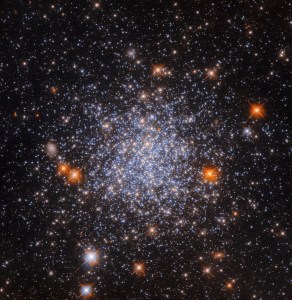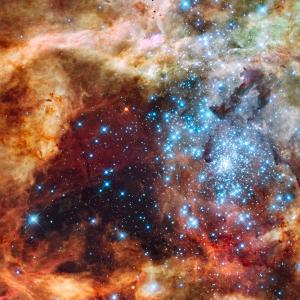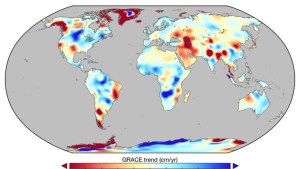Unveiling the Sun: NASA’s Open Data Approach to Solar Eclipse Research
As the world eagerly anticipates the upcoming total solar eclipse on April 8, 2024, NASA is preparing for an extraordinary opportunity for scientific discovery, open collaboration, and public engagement. At the heart of the agency’s approach to this unusual event lies a commitment to open science, ensuring that the data captured during the eclipse is […]
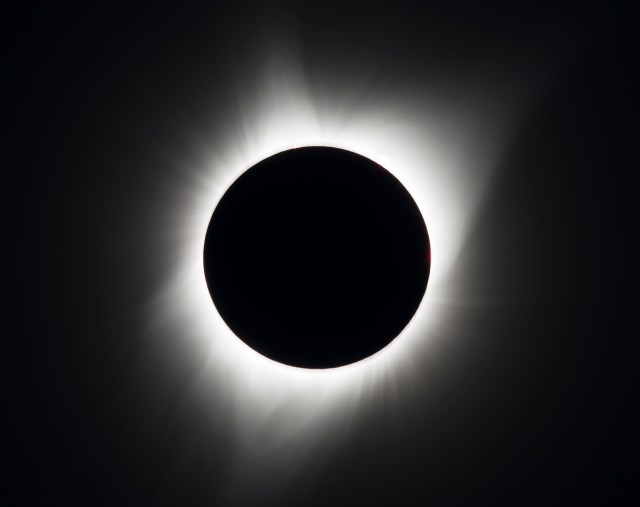
3 min read
Unveiling the Sun: NASA’s Open Data Approach to Solar Eclipse Research
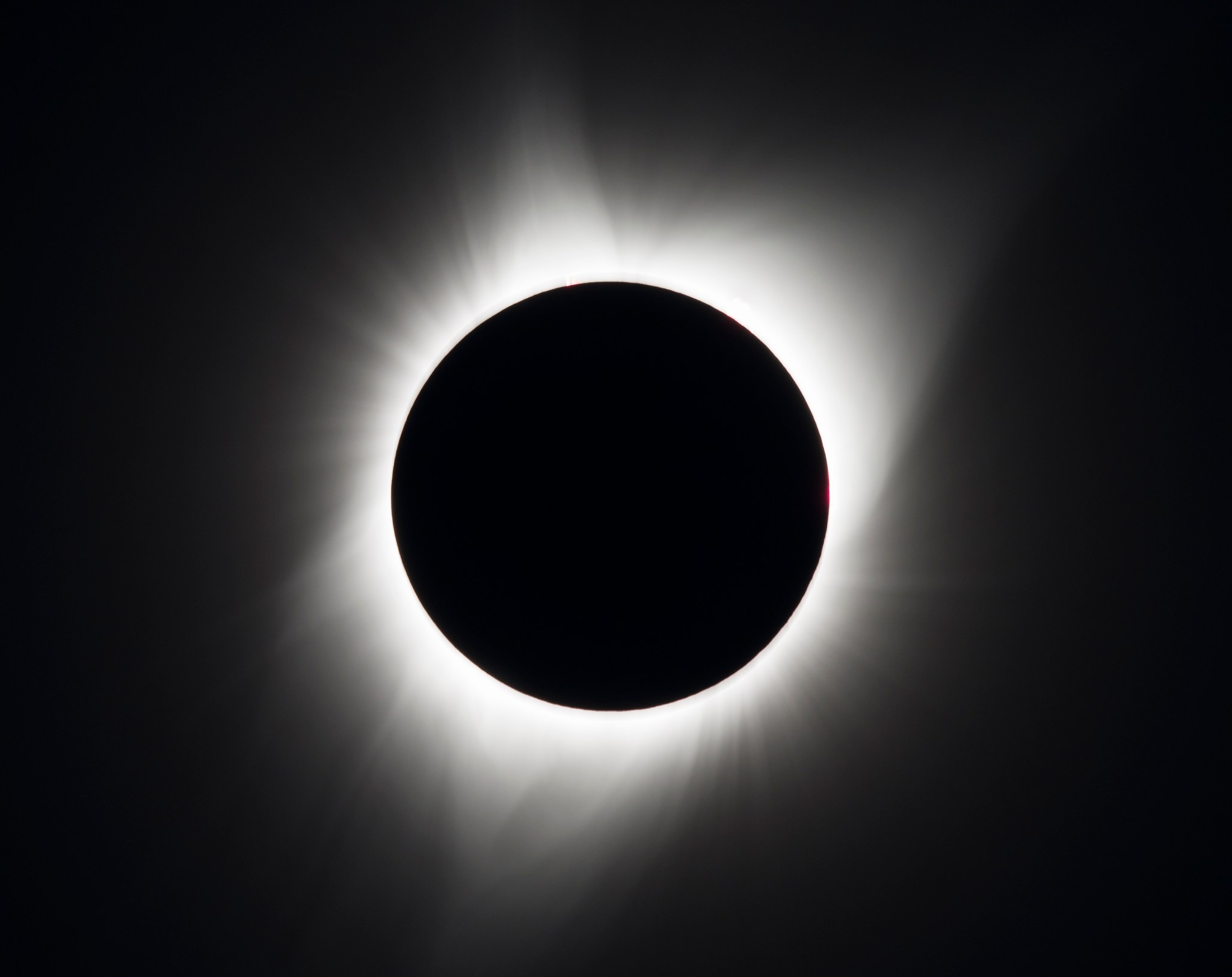
As the world eagerly anticipates the upcoming total solar eclipse on April 8, 2024, NASA is preparing for an extraordinary opportunity for scientific discovery, open collaboration, and public engagement. At the heart of the agency’s approach to this unusual event lies a commitment to open science, ensuring that the data captured during the eclipse is readily accessible to all.
During a total solar eclipse the normal rhythms of Earth are briefly disrupted, providing an unusual opportunity for scientists to study the atmosphere of our solar-powered planet. Because NASA uses the vantage point of space to understand and explore our home planet to improve lives and safeguard our future, solar eclipses offer scientists a one-of-a-kind window into the workings of our solar system.
While they offer a treasure trove of data for formal researchers, eclipses are also a fantastic opportunity for citizen scientists to participate in a celestial event. Participants from all backgrounds can work together with NASA to make discoveries possible before, during, and after an eclipse – regardless of where they are in the eclipse path. For example, citizen science projects like the Citizen CATE Experiment, which mobilizes volunteers to set up telescopes along the path, contribute greatly to data collection efforts.
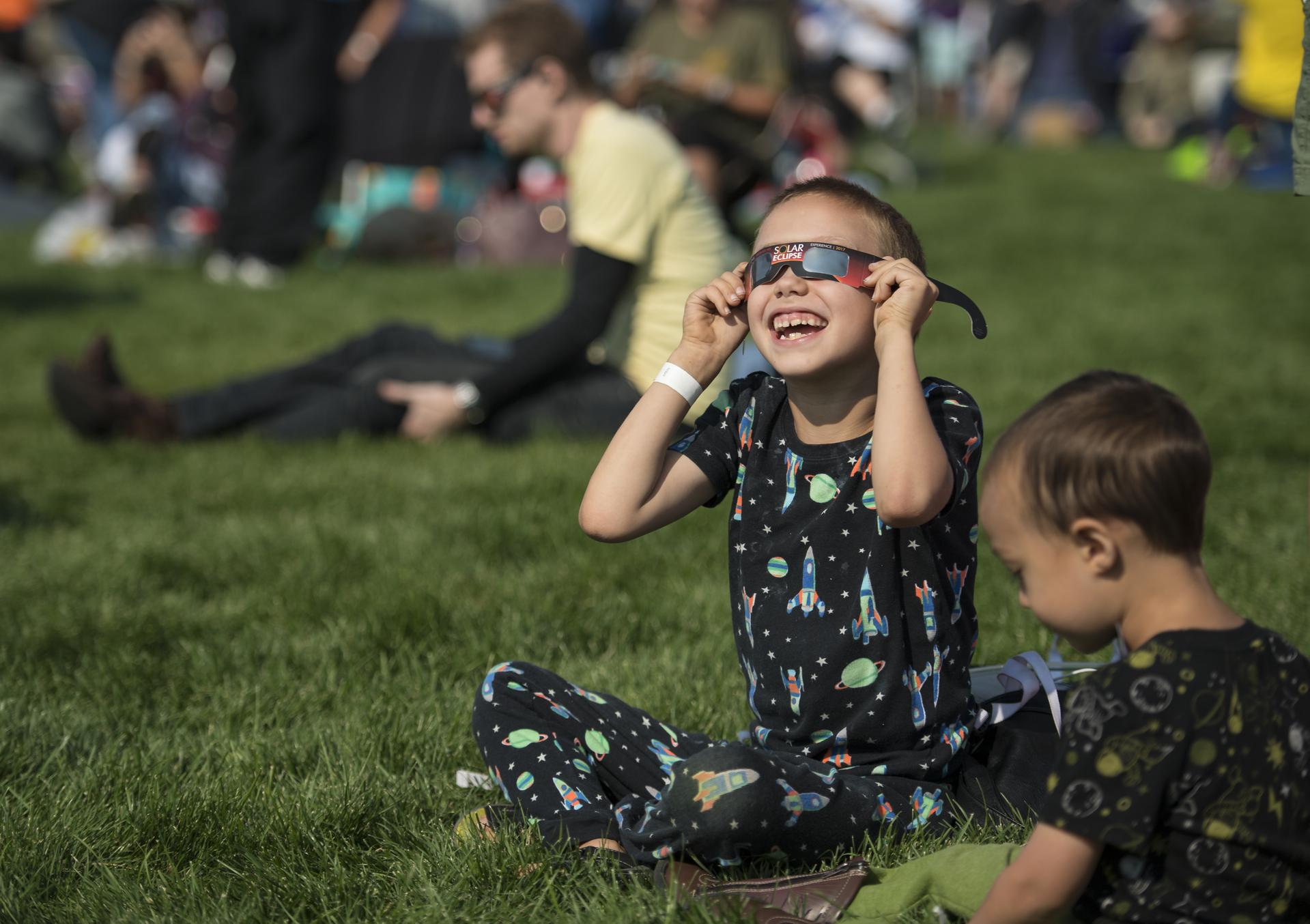
Additionally, NASA has introduced innovative tools like SunSketcher, a user-friendly platform that allows enthusiasts to sketch the sun’s corona during an eclipse. These sketches contribute valuable qualitative data alongside quantitative measurements, enriching our understanding of solar phenomena and enhancing public engagement in scientific endeavors. By involving amateur astronomers and enthusiasts, NASA not only expands its observational reach but also fosters community engagement and participation in scientific discovery.
NASA is committed to open science and making scientific data available to everyone. Following each solar eclipse, the agency shares the data collected with the global community. Through publicly available datasets, accessible via online repositories and dedicated eclipse websites, NASA ensures that researchers, educators, students, and enthusiasts alike can delve into the intricacies of eclipse observations. By sharing data and resources, NASA facilitates interdisciplinary research and broadens understanding of solar phenomena on a global scale.
Ahead of the 2024 Total Solar Eclipse, the NASA Transform to Open Science (TOPS) team will participate in several activities in the Uvalde, Texas area to educate the public about the data-driven domain of eclipses and how open science principles facilitate the sharing and analysis of information among researchers, students and enthusiasts. For a full schedule of NASA TOPS events, please be sure to check the TOPS 2024 Total Solar Eclipse Event page. For a complete list of NASA 2024 Total Solar Eclipse events, visit the NASA eclipse event page.
For more information about the 2024 Total Solar Eclipse, visit:
https://science.nasa.gov/eclipses/future-eclipses/eclipse-2024/
For more information on NASA’s commitment to open science, including NASA’s Open Science 101 training on how to participate in open science, visit:
https://science.nasa.gov/researchers/open-science/
By Amanda Moon Adams
Communications Lead for the Office of the Chief Science Data Officer
Share
Details
Related Terms
What's Your Reaction?



















.jpg?#)























